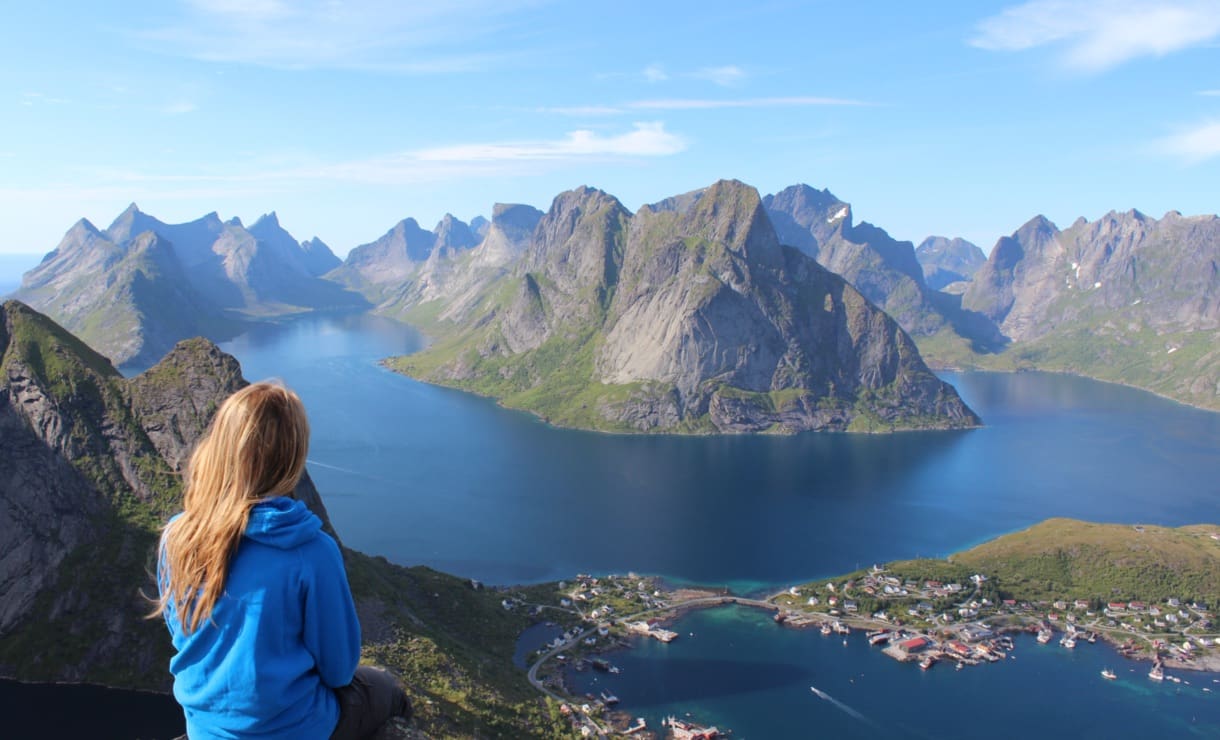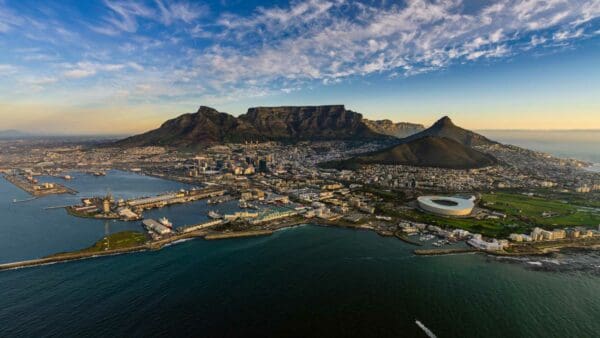I have been asked many questions about the historical background of Burma as I have been sharing about this ministry. About two years ago, I hardly knew anything about the country at all.
This is kind of a lot of text, but I wanted to post this information if you get the time to read it. This country and the people are close to my heart and it is so tragic what has happened and continues to happen over there.
This information comes from a report at www.freeburmarangers.org called “Displaced Childhoods 2010.”
Also, if you have time check out this link for “10 Reasons Why it is Right to Be Involved in Burma.”http://www.freeburmarangers.org/Features/10%20reasons%20to%20be%20involved.pdf
Historical
Overview of Burma
British colonial rule in the nineteenth
century greatly influenced the geographic design and politics of modern-day
Burma. After assuming control over Burman-dominated central Burma in 1852, the
British slowly incorporated previously independent and self-governed ethnic
territories into its empire, including areas occupied by ethnic Arakan, Chin,
Kachin, Karen, Karenni, Mon, and Shan. The map artificially forged by the
British inextricably intertwined the destinies of many people previously living
in separate and distinct territories.
As the
campaign for independence intensified in the mid-1940s, largely through the
efforts of Burman nationalists led by General Aung San, the British conditioned
independence on the creation of a federal union with ethnic participation and
representation.
Following outreach by General Aung San,
some ethnic nationalities were invited to formalize their commitment to a
federal union in the Panglong Agreement of 1947. Fundamental provisions of this
agreement included a “principle of equality” between the Burmans and the ethnic
nationalities, and guarantees of political autonomy in the ethnic territories. However,
not only were many ethnic nationalities unrepresented in the Panglong
Conference, but the rights guaranteed by the Panglong Agreement were not
consistently applicable to all the ethnic groups, creating an atmosphere ripe
for civil war.
On 19 July 1947, General Aung San and
several other leaders of Burma’s independence movement were assassinated,
resulting in weakened support for the union by the ethnic nationalities who had
placed great trust in the leadership General Aung San. Discontentment grew as
the new constitution, which went into effect on 2 September 1947, failed to
address particular demands of the ethnic nationalities. Within months of
gaining independence from Britain on 4 January 1948, the country broke into
civil conflict as various political and ethnic groups, disillusioned by unmet
promises, took up arms to protect themselves from the newly empowered central
government. When General Ne Win seized power in a military coup on 2 March 1962,
overthrowing the democratically-elected government, the prospects for peace in
Burma crumbled. Since then, Burma and its people have been held within the iron
grip of successive military regimes.
Two decades after General Ne Win seized
power, discontentment with military rule and sustained economic decline led to
a breaking point on 8 August 1988, as massive peaceful protests swept across
the country. In response to the call for democratically-held elections, the
military suspended the 1974 Constitution and declared martial law. In the weeks
that followed the protests, the military violently attacked unarmed civilians,
killing at least 3,000 and imprisoning many more.
In response to international pressure and
hoping to feign some legitimacy, the ruling military regime, then named the
State Law and Order Restoration Council (SLORC), announced that elections would
be held in May 1990. The National League for Democracy (NLD) led by Aung San
Suu Kyi emerged as the leading opposition party. Threatened by Suu Kyi’s
growing popularity, SLORC placed her under house arrest in July 1989, where she
has remained for 14 of the past 20 years. Despite such tactics, the NLD won 392
out of the 485 parliamentary seats. Before the elected candidates could be
seated, the SLORC refused to implement the election results and called for a
new constitution.
It would be two more years before the
SLORC announced the convening of a National Convention, the mechanism governing
the constitutional- drafting process, in April 1992. The National Convention
took place sporadically between 9 January 1993 and 31 March 1996, resuming
again from May 2004 until September 2007. These sessions were fully controlled
by the military regime, with hand-picked delegates, open discussions restricted,
alternative proposals overridden, opponents intimidated, and previously elected
members of parliament excluded.
The Saffron Revolution
August-September 2007
Spurred by continued military rule, economic decline, and the
sudden and drastic rise in fuel prices, peaceful protests instigated by
1988-generation student activists erupted throughout the country in August
2007. The demonstrations grew as Buddhist monks led tens of thousands of
civilian protestors in daily marches calling for democratic change in Burma.
Following the tack set during the 1988 protests, the regime responded
violently, shooting at unarmed protestors and arresting more than 6,000 people
including as many as 1,400 monks. The
military regime specifically targeted the monks, who were integral in
organizing the protests, by raiding over 50 monasteries between 25 September
and 6 October 2007.
The protests and
subsequent crackdown led to an unprecedented statement by the United Nations
(UN) Security Council. The Presidential Statement on Burma issued on 11 October
2007 urged the release of all political prisoners and called on the regime to
“create the necessary conditions for a genuine dialogue…with all concerned
parties and ethnic groups.”
In September 2007, amid spreading
nationwide protests, the military regime, renamed the State Peace and
Development Council (SPDC) in 1997, announced the closing of the final session
of the National Convention. Soon after, the SPDC formed a 54-member Commission
for Drafting the State Constitution. The Commission once again excluded
political and ethnic opposition leaders. On 19 February 2008, the Generals of
the SPDC announced that they would hold a referendum on its draft constitution
on 10 May 2008 followed by elections in 2010.
Eight days before the scheduled
referendum vote, Cyclone Nargis struck southwestern Burma, leaving in its wake
a path of death and destruction. Despite the massive loss of life and
devastation in the Irrawaddy Delta region, the Generals pushed forward with the
scheduled vote on May 10, allowing
a two-week
delay in only 47 affected townships, where millions remained without food,
shelter, or medicine.27 On May 27, the regime announced a 92.8 percent popular
approval of the constitution with a 99 percent voter turnout. In response, the
international community, including UN officials, denounced the drafting
process, referendum, and resulting constitution as a “sham” that lacked
legitimacy and genuine participation.
In 2009, the military government
continued to push forward its agenda of entrenching military rule through an
eminently flawed election process. On 14 May 2009, 13 days before Aung San Suu
Kyi’s house arrest was scheduled to end, the SPDC re-arrested her and charged
her under the country’s “Law to Safeguard the State from the Dangers of
Subversive Elements”- a law widely employed by the regime to suppress political
dissidents and opposition groups. The arrest came after an American man, John
yettaw, entered Suu Kyi’s home and spent two days as her uninvited guest. On 11
August 2009, after a six-week trial, a criminal court in Rangoon found Suu Kyi
in violation of the terms of her house arrest and sentenced her to three years
in prison- a sentence that was later commuted to an additional 18 months under
her existing house arrest.
The military
government faced harsh criticism from the international community for the
procedural flaws in Suu Kyi’s trial and the obvious attempt to silence the
leadership of Burma’s main political opposition group, the NLD. Despite
condemnation by the international community, at the time of writing, the regime
has maintained its plans to proceed with national elections sometime in 2010.








